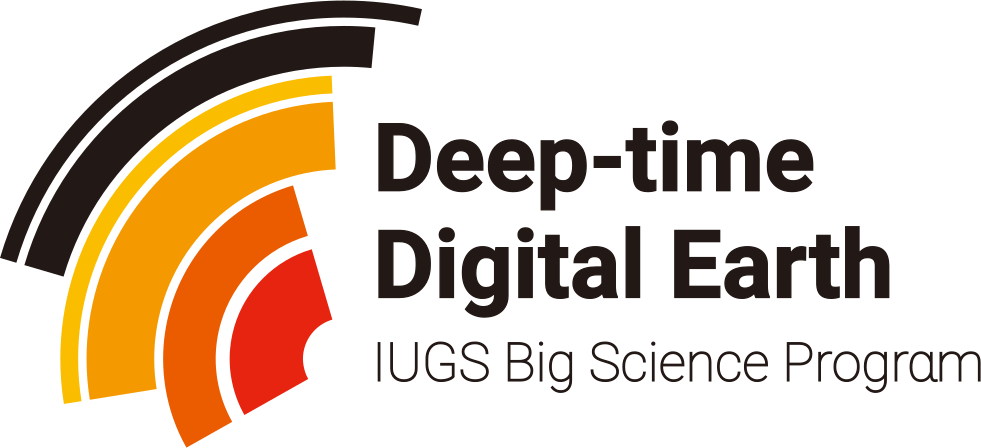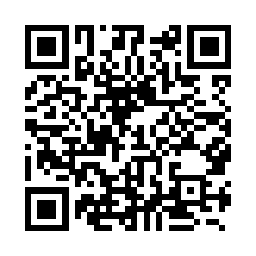
Multiplication sign

؋ ₳ ฿ ₿ ₵ ¢ ₡ ₢ $ ₫ ₯ ֏ ₠ € ƒ ₣ ₲ ₴ ₭ ₺ ₾ ₼ ℳ ₥ ₦ ₧ ₱ ₰ £ 元 圆 圓 ﷼ ៛ ₽ ₹ ₨ ₪ ৳ ₸ ₮ ₩ ¥ 円The multiplication sign, also known as the times sign or the dimension sign, is the symbol ×. While similar to a lowercase X, the form is properly a rotationally symmetric saltire. The multiplication sign, also known as the times sign or the dimension sign, is the symbol ×. While similar to a lowercase X, the form is properly a rotationally symmetric saltire. In mathematics, the symbol × has a number of uses, including In biology, the multiplication sign is used in a botanical hybrid name, for instance Ceanothus papillosus × impressus (a hybrid between C. papillosus and C. impressus) or Crocosmia × crocosmiiflora (a hybrid between two other species of Crocosmia). However, the communication of these hybrid names with a standard non-multiplication 'x' is common when the actual '×' symbol is not readily available. The multiplication sign is also used by historians for an event between two dates. When employed between two dates, for example 1225 and 1232, 1225×1232 means 'no earlier than 1225 and no later than 1232'. It can also be used in a date range: 1225×1232–1278. The multiplication sign (×), often attributed to William Oughtred (who first used it in an appendix to the 1618 edition of John Napier's Mirifici Logarithmorum Canonis Descriptio), apparently had been in occasional use since the mid 16th century. The letter 'x' is sometimes used in place of the multiplication sign. This is considered incorrect in mathematical writing. In algebraic notation, widely used in mathematics, a multiplication symbol is usually omitted wherever it would not cause confusion: 'a multiplied by b' can be written as ab or a b. Other symbols can also be used to denote multiplication, often to reduce confusion between the multiplication sign × and the commonly used variable x. In many non-Anglophone countries, rather than ×, the primary symbol for multiplication is .mw-parser-output .monospaced{font-family:monospace,monospace}U+22C5 ⋅ .mw-parser-output .smallcaps{font-variant:small-caps}DOT OPERATOR, for which the interpunct · may be substituted as a more accessible character. This symbol is also used in mathematics wherever multiplication should be written explicitly, such as in 'ab = a⋅2 for b = 2'; this usage is also seen in English-language texts. In some languages (especially Bulgarian and French) the use of full stop as a multiplication symbol, such as a.b, is common. Historically, computer language syntax was restricted to the ASCII character set; in the absence of the × character, U+002A * ASTERISK became the de facto standard notation of the multiplication operator in computing. This selection is still reflected in the standard numeric keypad, where the arithmetic operations of addition, subtraction, multiplication, and division are represented by the +, -, *, and / keys, respectively.


